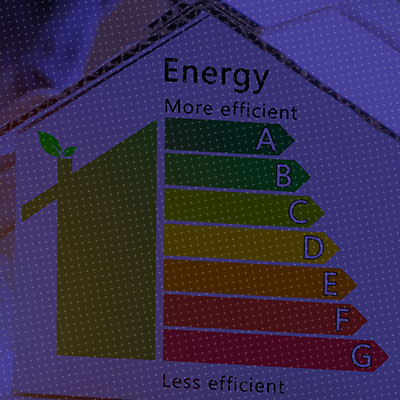During the UN Climate Change Conference in 2015 (‘COP21’), as part of its Nationally Determined Contributions (‘NDCs’), India had committed to route 40 per cent of its installed electricity capacity from non-fossil energy sources by 2030. The Central Government in December 2021 announced achieving this target nine years ahead of schedule.
In the subsequent UN Climate Change Conference in 2021 (‘COP26’), India has presented five elements (Panchamrit) for the country’s climate action as follows:
- Achieving non-fossil energy capacity to 500 gigawatts by 2030
- Meeting 50 per cent of its energy requirements till 2030 with renewable energy
- Reducing its projected carbon emission by one billion tons by 2030
- Reducing the carbon intensity of its economy by 45 per cent by 2030; and
- Achieving net zero carbon emissions by 2070.
Further, the NDCs were updated in 2022 to represent the panchamrit commitments. Towards meeting the ambitious climate goals, the Central Government has recently enacted the Energy Conservation (Amendment) Act, 2022 (‘Amendment Act’). This amendment to the two decades old Energy Conservation Act 2001 (Principal Act) has been made to strengthen the regulatory framework on energy consumption and promoting energy efficiency in the country.
Significant features of the Amendment Act:
Introduction of carbon credit trading: The Amendment Act has the provisions for creation of a carbon market by notification of a ‘Carbon Credit Trading Scheme’ (CCTS) by the Central Government. While the term ‘carbon credit’ is not defined under the Amendment Act or the Principal Act, this refers to credits that could be earned from the reduction of greenhouse gas emissions which could be traded in accordance with Article 6 of the Paris Agreement (i.e., COP21). The entities registered and complying with the carbon credit trading scheme will be issued a carbon credit certificate. These carbon credit certificates can be purchased by any person on voluntary basis. The practical and implementation aspects of the carbon credit trading will be clearer once the CCTS is notified in future.
Government to specify share of non-fossil sources: The Central Government will now specify a minimum share of consumption of non-fossil sources by designated consumers as energy or feedstock. The designated consumers are listed in the Schedule of the Principal Act and include industries such as aluminium, steel, cement, fertilizers, paper, sugar, railways, petrochemicals, etc.
Extension of applicability to motor vehicles and vessels: In a significant move, the Amendment Act extends the applicability of the energy conservation regime to vehicles (as defined under the Motor Vehicles Act, 1988) and vessels (which include any watercraft used or capable of being used in inland waters or in coastal waters). Under the extant regime, the Central Government could only specify norms and standards for equipment and appliances. In addition to equipment and appliances, the Amendment Act now empowers the Central Government to specify energy conservation norms to vehicles and vessels.
Prohibition of manufacture or import: The Central Government can now prohibit manufacture or import of any equipment, appliance, vehicle, or vessel which does not conform to the specified energy consumption norms. Further, an industrial unit non-confirming to the norms can be ordered to close its operations.
Applicability to residential buildings: Under the extant regime, a ‘building’ meant any structure or erection which is having a connected load of 100 Kilowatt (kW), or contract demand of 120 Kilo- volt Ampere (kVA) and above, and is used or intended to be used for commercial purposes. This definition is now expanded to bring in residential buildings within its scope. The existing Energy Conservation Building Code is now replaced with the ‘Energy Conservation and Sustainable Building Code’ to represent the broader scope of commitment towards sustainability.
Increased penalties: The Amended Act replaces the existing monetary penalties with enhanced limits, and has specific references to vehicle manufacturers and vessels with additional penalties on these classes for non-conforming with energy consumption standards.
Conclusion:
The actions of the Government in the recent years are aimed at advancing the ‘panchamrit’ goals. A definitive regulatory framework is necessary for achieving such commitments. The Amendment Act is one such measure. The mandatory condition of non-fossil fuel consumption is also linked to the development of a green hydrogen production capacity and the effective implementation of the Green Hydrogen Policy that was announced last year.
This financial year 2022-23 has also brought in mandatory ESG (Environment, Social, and Governance) reporting in the form of submission of a Business Responsibility and Sustainability Report (BRSR) by the top 1,000 listed entities (by market capitalisation) which can be used as a tool to understand the carbon emissions by Indian corporates and the impact of government policies over them. SEBI has also recently come up with a consultative paper on ESG disclosures, rating, and investments signalling the need to review and revamp the ESG compliance regime for listed entities and other market players. With renewed focus on sustainable development goals to secure future generations, we may see more policy reforms in the future.
[The author is a Senior Associate in Corporate and M&A practice at Lakshmikumaran & Sridharan Attorneys, Hyderabad]





